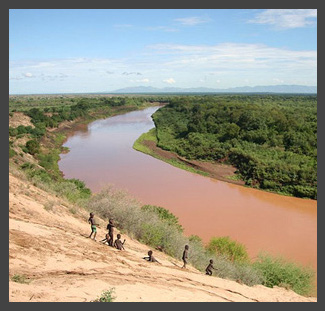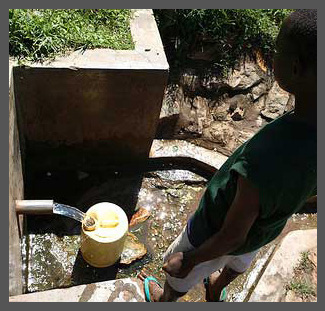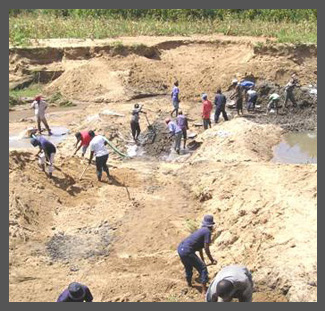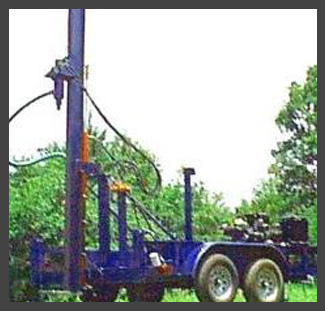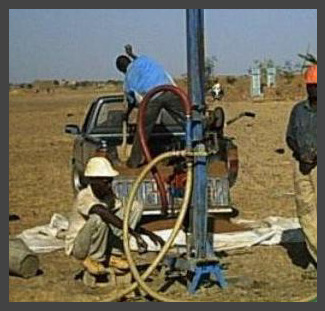Difference between revisions of "獲取地下水"
From Akvopedia
| Line 57: | Line 57: | ||
<br> | <br> | ||
| − | === | + | ===感謝=== |
| − | * [https://ccafs.cgiar.org/publications/management-groundwater-africa-including-transboundary-aquifers-implications-food#.ViVlZxCrTyI | + | * [https://ccafs.cgiar.org/publications/management-groundwater-africa-including-transboundary-aquifers-implications-food#.ViVlZxCrTyI 非洲地下水管理,含跨界含水層:對於飲食安全、營生及適應氣候改變的可能影響。] 聯合國非洲經濟委員會,非洲氣候政策中心,2011。 |
Revision as of 06:50, 20 October 2015
| |
|
|
|
|
|
|
|
|
雨水如能順利入滲,最終即成為地下水。收集地下水是件有利的做法,因其不論雨季隨時可得、普遍來說有著高貯水容量及優良水質、對於年際氣候的適應力高、以及與替代來源相較之下擁有較低成本。
然而,影響地下水位的高度有許多因素:地表面下的土壤及岩石型態、鄰近的蓄水池或河流,及鄰近居民抽水的頻率或總抽取水量。再者,地下水的品質也需納入考量-是否太鹹或太靠近附近的農業逕流或污水區。入滲及抽水地點須設置於水最不會被污染源影響的地方。
氣候變化因素
氣候變化會影響全球降雨量及動態溫度,因而會影響地方社區對於水的供給及需求。普遍認為提升在地面上以及地面下的儲水量是應對水文衝擊(如洪水及乾旱)的策略。
實地經驗
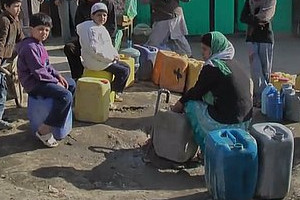 Water4Tomorrow計畫 |
地下水連結
- 永續環境衛生 & 地下水保護
- • 成功處理印度地下水的關鍵
- [1]
- 非洲地下水文獻資料庫:此資料庫包含出版及未出版的報告、期刊文章、 會議論文及地圖,為一有搜尋功能的非洲地下水文獻數據庫。多數的文件可免費下載;其餘則提供線上摘要的連結。對於在線取得性不明之文件則給予完整的參考書目出處。
- 影片:多項手動鑽鑿影片。 由聯合國國際兒童緊急救援基金會提供。
- Arjen van der Wal, 瞭解手動鑽鑿地下水 & 水井: 提供手動鑽鑿小組作為水井鑽鑿、設置及開發的水文地質學操作指南。Practica Foundation。2010年六月(第二版)。 法文版:CONNAISSANCES DES METHODES DE CAPTAGE DES EAUX SOUTERRAINES: appliquées aux forages manuels.
- 地下水對於非洲氣候的適應力。 Keyworth, Nottingham。英國地質調查所 2011。
- 地下水鹽化發生及起源之全球概要。 國際地下水資源評估中心,2009。
- 南非及西非的地下水資源永續發展。 國際原子能機構。.
- 鑽鑿水井選址-專案經理的指南手冊 農村供水網絡(RWSN)田野筆記 2010-5(成本效益高之鑽孔系列)。Carter, R., Chilton, J., Danert, K. et al. RWSN. St Gallen, Switzerland 2010。
感謝
- 非洲地下水管理,含跨界含水層:對於飲食安全、營生及適應氣候改變的可能影響。 聯合國非洲經濟委員會,非洲氣候政策中心,2011。
